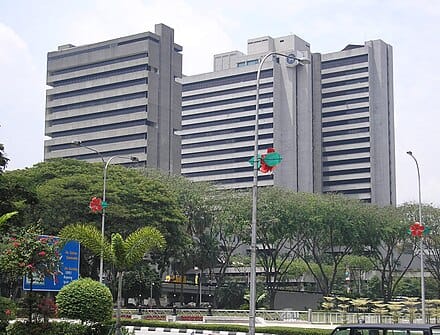Bank Negara Malaysia Charts a Balanced Path in Blockchain and Digital Asset Innovation
Bank Negara Malaysia launches the Digital Asset Innovation Hub to explore blockchain applications such as tokenization and programmable payments, while maintaining strict oversight on cryptocurrencies to safeguard financial stability.

Bank Negara Malaysia (BNM) has taken a decisive step into digital finance with the launch of its Digital Asset Innovation Hub in 2025. The initiative reflects the central bank’s commitment to harnessing blockchain technology and digital asset innovation, while maintaining its long-held stance that cryptocurrencies are not legal tender.
The new hub functions as a regulatory sandbox, offering fintech firms and financial institutions a controlled environment to test blockchain-based solutions. Areas of exploration include programmable payments, asset tokenization, stablecoins backed by the ringgit, and broader applications such as supply chain financing and treasury management.
BNM’s approach seeks to strike a delicate balance: fostering innovation without exposing Malaysia’s financial system to undue risks. The sandbox model ensures that experimentation occurs under regulatory supervision, allowing potential benefits to be identified and risks carefully assessed before any large-scale deployment.
One of the most significant areas of focus is asset tokenization—the process of digitizing real-world assets for secure trading on blockchain platforms. By enabling programmable and transparent transactions, tokenized assets could help modernize Malaysia’s capital markets, improve wholesale settlements, and enhance liquidity. This effort mirrors the work of global central banks that are exploring central bank digital currencies (CBDCs) and related innovations.
At the same time, BNM has reiterated its cautious position on cryptocurrencies such as Bitcoin and Ethereum. While digital assets built within regulatory frameworks are welcomed, unregulated cryptocurrencies remain excluded from Malaysia’s payment ecosystem. The Securities Commission continues to oversee crypto exchanges, custodians, and funds under strict guidelines to ensure investor protection and systemic stability.
This measured strategy places Malaysia among a growing group of countries that are embracing blockchain for its practical applications while resisting the volatility and risks associated with cryptocurrencies. By fostering collaboration between regulators, developers, and industry players, BNM is laying the groundwork for Malaysia to emerge as a regional leader in responsible blockchain adoption.
As blockchain technology continues to evolve, Malaysia’s forward-looking yet prudent approach illustrates how central banks can encourage innovation without compromising oversight. By opening pathways for programmable payments and tokenized assets while maintaining regulatory discipline, BNM is positioning the country at the forefront of digital finance transformation in Southeast Asia.
